One of the observation huts.
Spotting wildlife is something that is high on our bucket list. We are both animal lovers and to see an animal in its natural environment: it’s an experience nothing much can top. We’ve both had our share of wildlife encounters: from a herd of wild horses in Sardegna, over a pack of wolves in Finland to a reef shark in the Dominican Republic, just to name a few. They all left us speechless. There are numerous species that we would still like to see, including the big five in Africa (although Maarten has already spotted some of those). Europe has its own big five as well. They were established by a Belgian TV show, with wildlife enthousiast Chris Dusauchoit as a host: wolverine, wolf, wisent, lynx and brown bear. Ofcourse they are all on our bucket list as well!
The brown bear is very common in Northern Europe, but also in the forests of Slovenia and Northern Croatia. Traveling for such a long time through Slovenia, we couldn’t resist the urge to tick that large predator off our bucket list. But where do you start? It’s not likely that you’ll just cross one on your accidental forest walk. Here’s our beginner’s guide to bearspotting.
1. Hire an expert
Although some of our wildlife encounters were pure accidental, it’s always best to hire a local expert that has knowledge of the animal your looking for. We hired a Slovenian expert in brown bears: he has been following them for years. He knows their frequented spots and can look for traces. In some cases, like in ours, you also need a special permit to go into observation huts in parts of National Parks. A local expert can assist you in all of that.
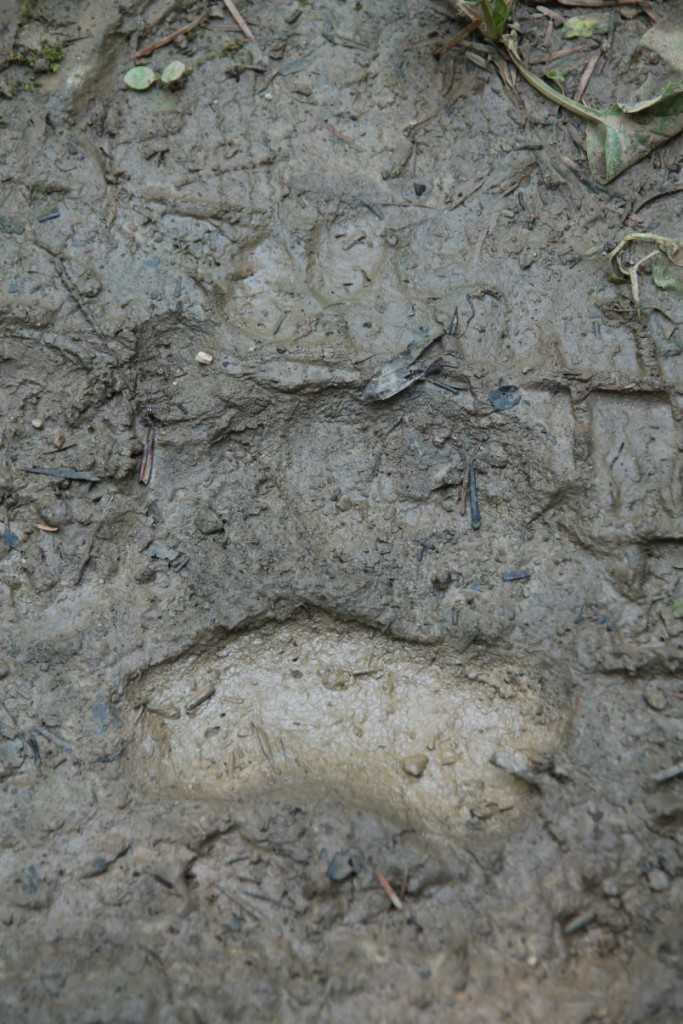
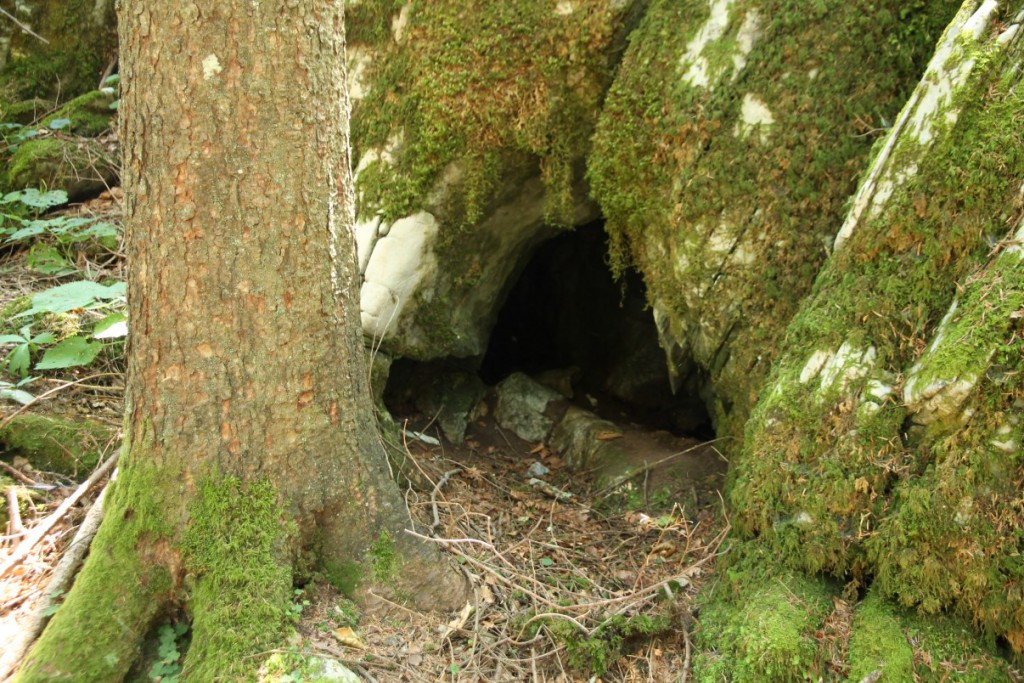
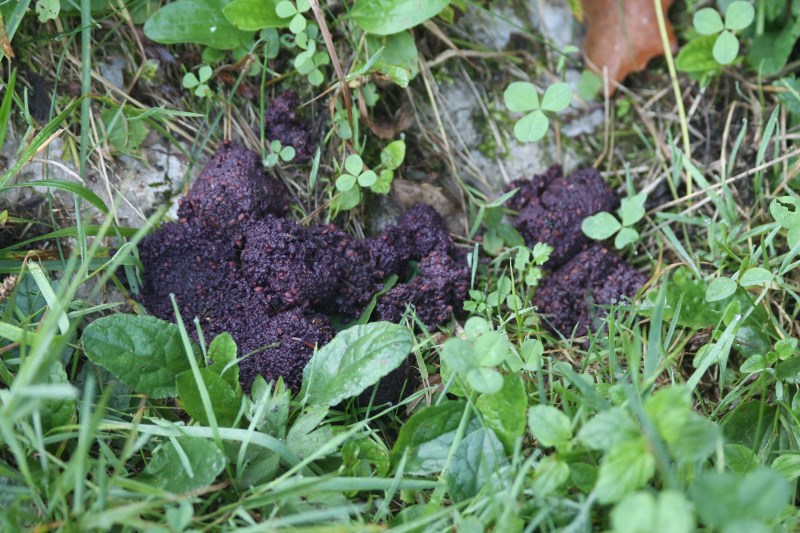
2. Adapt to wildlife spotting
There are a few rules you must obey. Wildlife spotting is not for young children: you have to be absolutely silent and you have to sit still in observation huts for hours in a row, unable to go down to take a pee. Something small children simply cannot do. I’ve read stories about kids aged 10 that can do it, if they have a very high intrest in wildlife (and are probably the calmer type of kid anyway). We had to take turns in bearwatching, while the other one stayed with Febe. When you’re traveling with your kids, you’ll have to take in more time than usual.
Wildlife spotting also means you cannot wear perfume or other scented products (like body lotion or insect repellant). I personally had a hard time, since I’m allergic to mosquito bites and was eaten a lot during the observations.
It also means that you have to make sure your camera is silent. That wasn’t easy: we discovered that our cameras were much louder than we expected. Unnatural noises like a bleep when you start up your device, or a loud click when you take a picture can scare off potential visitors.
You also need to be willing to either stay up late, or get up really early: those are the best times to spot bears, because the dusk and dawn times are the times they are most active.
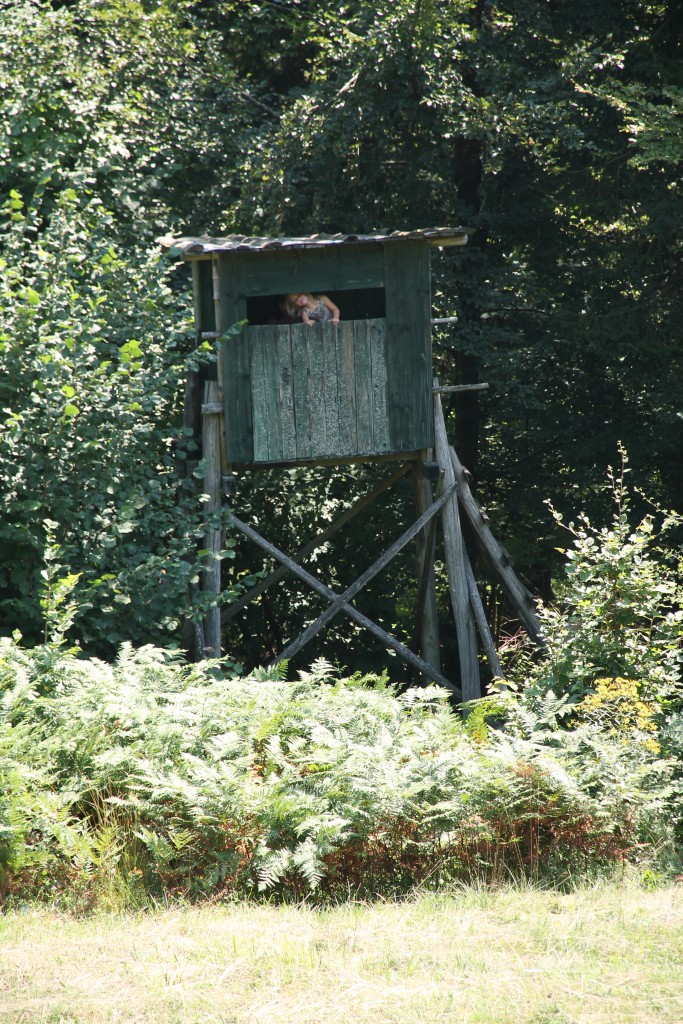
3. Be really, really patient
I’ve mentioned before that you have to be able to sit still for a long period. That means sitting still, not talking to each other and often watching some trees or grassland before you for hours in a row. For me it had someting magical to hear all the noises of the forest. Sometimes the birds would suddenly go silent, a sign that a larger predator was near. You get to listen to all of the cracks around you, and you can try to figure out what type of animal it is. Sometimes you hear other active animals (wild pigs, for instance, or birds of prey).
If you hired some local experts, they might get in the big guns for you, putting out bait (in our case a mixture of honey and corn), or go spotting on the ground instead of observation huts – in a camouflage suit. It all helps to fulfill your goal and to tick that animal of your bucket list.
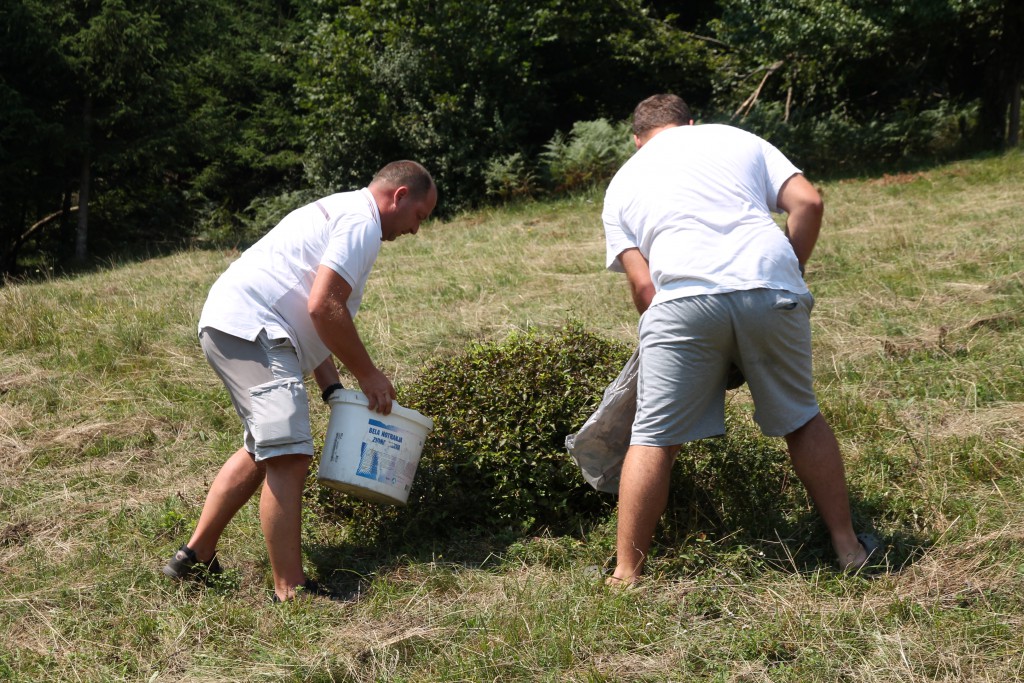
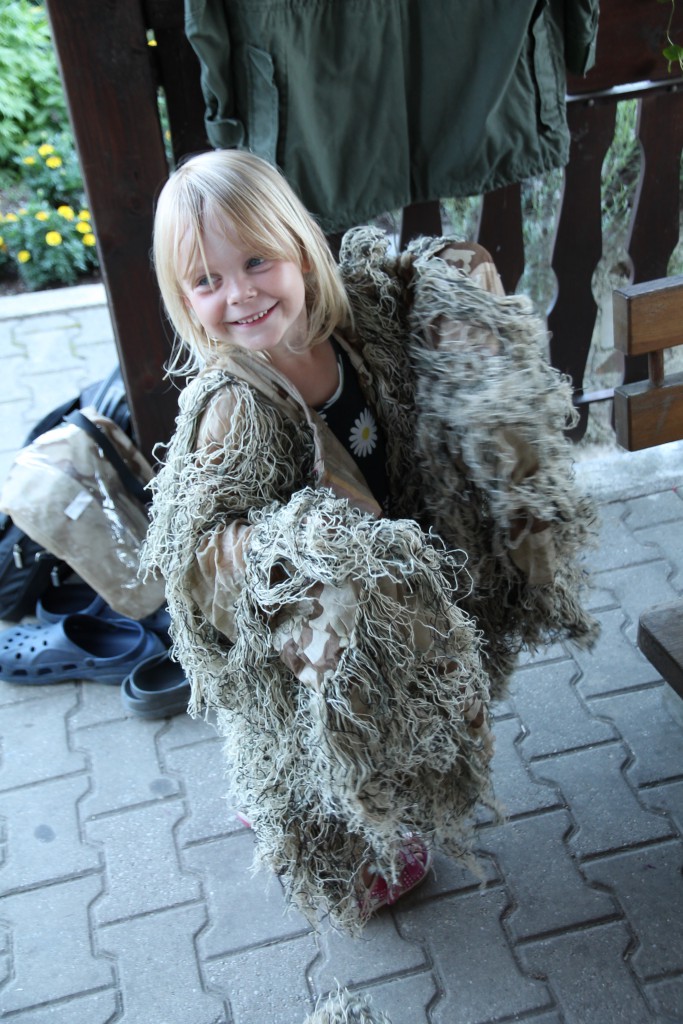
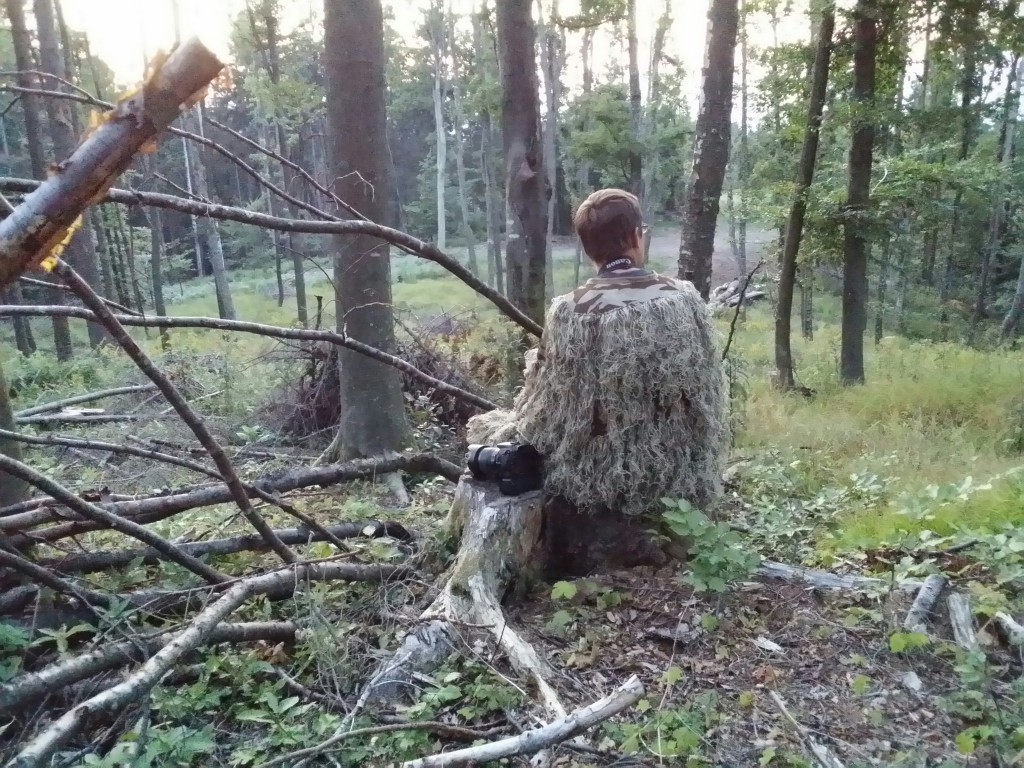
So, did we actually see a bear?
No. As with all wildlife encounters, there’s really a large portion of luck involved as well. Annick came very close on her late night observation: there were clearly sounds of a bear nearby, but after waiting for an hour and a half after darkness fell in, we gave up. We went to check the wildlife camera the day after and about 10 minutes after we had left the observation hut, a large male bear walked right in front of the hut and the camera. We are certain he must have been around for quite some time, but he probably also spotted us and waited untill he considered it absolutely safe to come out. A couple of hairs left on the tree he scratched up against were taken home as a souvenir… 😉
Maarten took the best wildlife photo: a young red deer.
We did see a brown bear in the Technical Museum in Borovnica, a museum that is highly recommended by us as an excursion when you’re in the area of Ljubljana. It offers a wide collection of Slovenian technology, as well as a lot of information on Slovenian wildlife and an impressive collection of transportation means, the cars of Tito being one of the highlights.
Would we do it all over? Yes. It was worth every minute. Scouting the forest for traces was as exciting as the actual wildlife spotting itself. Though we must admit: it’s not an activity everyone will enjoy.
Want to go bearspotting yourself in Slovenia? Contact us for more information. We’ll get you in touch with our local expert.


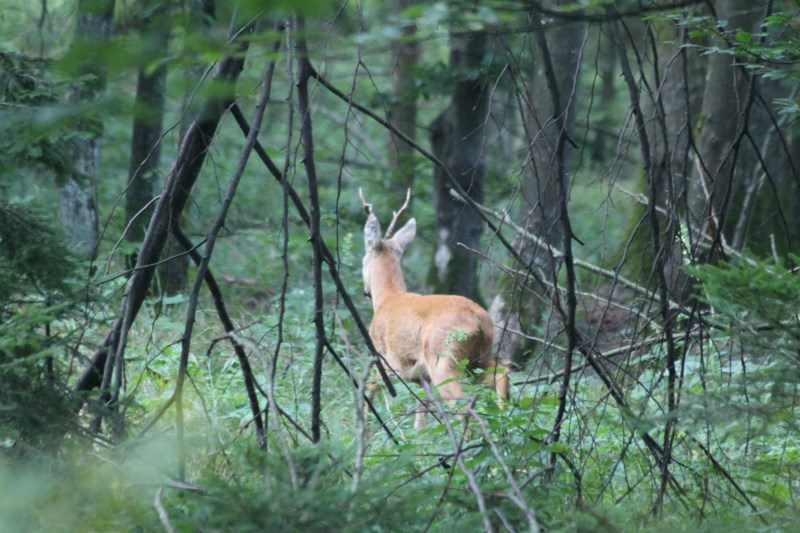
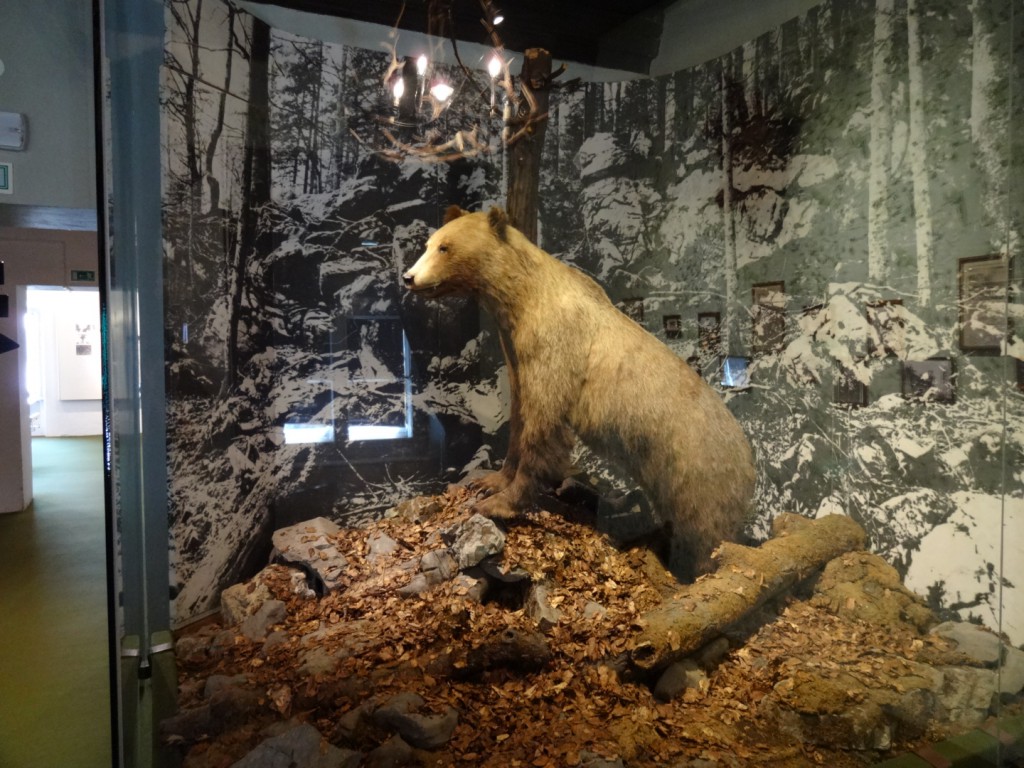



Beren bang van Maarten?
[…] If you’ve been following our blog for a while, you know we are nature enthousiasts. Seeing a brown bear in the wild was still on our bucket list when we left for Sweden, despite previous efforts in Finland and Slovenia. […]